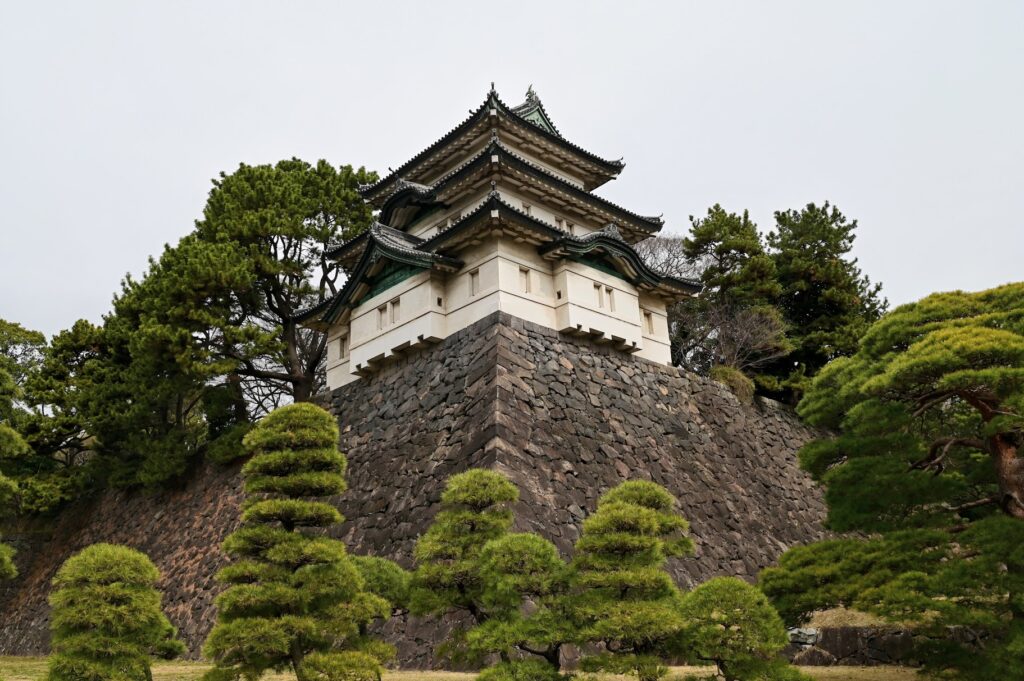

🏯 Edo Castle: Tracing the Legacy of Tokugawa in the Heart of Tokyo
✨ Introduction
Once the center of power for the Tokugawa shogunate, Edo Castle stood at the heart of what is now modern-day Tokyo—a city once called “Edo.” Though the original castle tower (Tenshu) no longer exists, the site remains rich with historic structures, stone moats, imposing gates, and seasonal gardens that preserve the spirit of samurai-era Japan.
Visitors today can explore this legacy through three unique experiences, each offering a different glimpse into the architectural and political history of the Edo period and its transition into the modern Imperial Palace.
🏰 What Remains of Edo Castle Today?
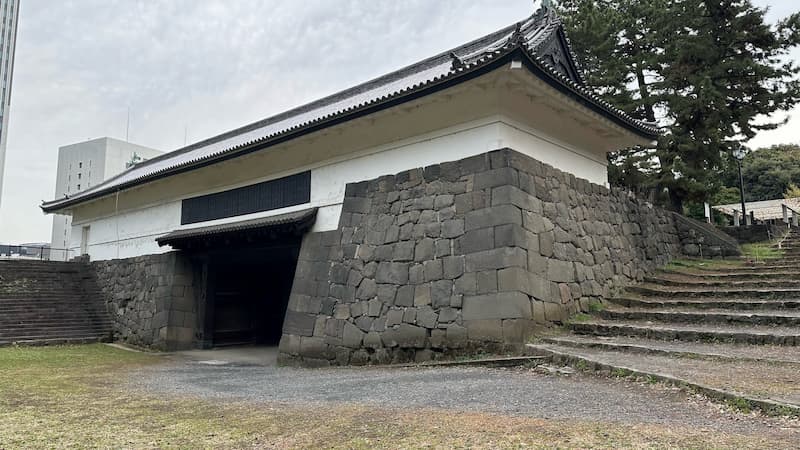
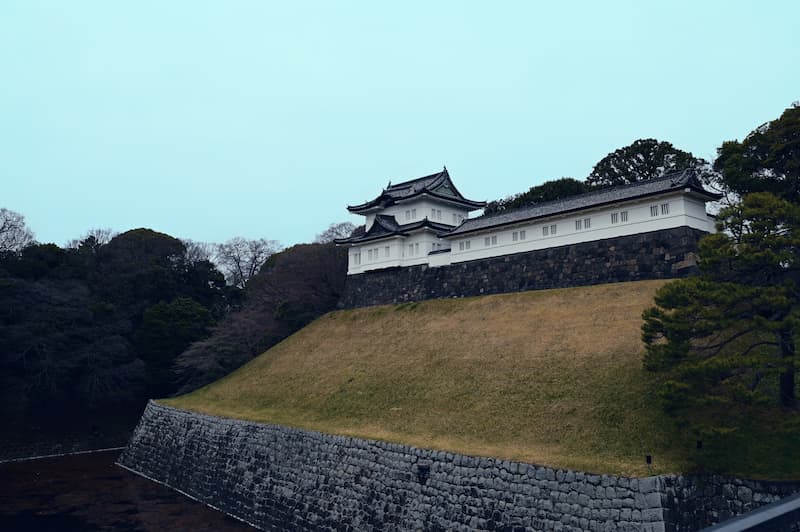
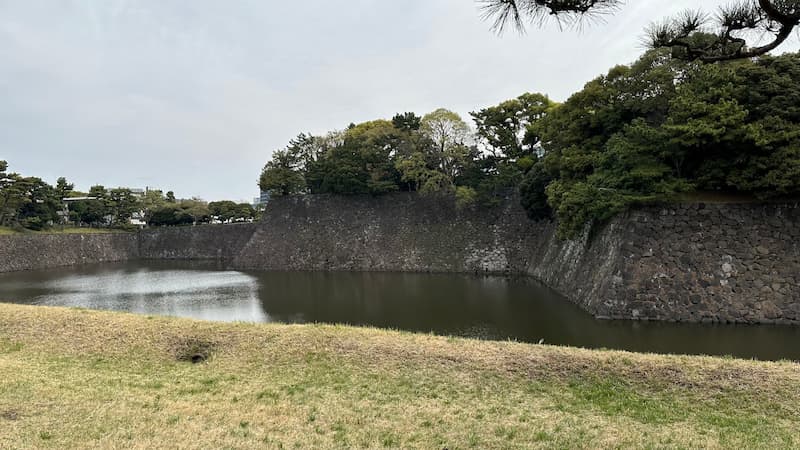
- 🧱 Tenshudai – the original stone base of the main keep
- 🏞 Honmaru plaza – the expansive main compound
- ⛩ Gate ruins – including Sakashita-mon, Tsubone-mon, and Kikyō-mon
- 🌊 Moats and Stone Walls – such as Hasuike Moat, Inui Moat, and Dōkan Moat
- 🏯 Turrets – like Fujimi Yagura and Fujimi-Tamon Yagura
- 🌸 Seasonal Landscapes – cherry blossoms in spring, autumn foliage
📖 History of Edo Castle
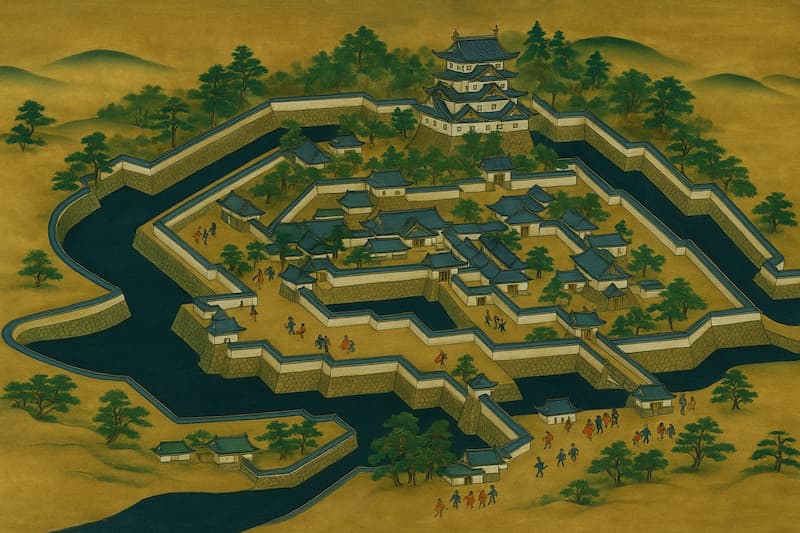
Originally built in 1457 by military strategist Ōta Dōkan, Edo Castle rose to prominence after Tokugawa Ieyasu entered the region in 1590. When he became shogun in 1603, Edo Castle became the political and military heart of Japan under the Tokugawa regime for over 260 years.
After the Meiji Restoration in 1868, the castle was transformed into the Imperial Palace. Today, its remnants still echo the legacy of both shogunate and imperial power at the heart of Tokyo.
🧭 Explore Three Ways to Experience Edo Castle
1️⃣ East Gardens of the Imperial Palace
Open year-round / Free entry
Freely explore Edo Castle’s eastern remains, including moats, turrets, gardens, and the stone foundation of the main keep.
- Otemon Gate
- Fujimi Yagura
- Honmaru Area & Tenshudai
- Ninomaru Garden
- Guardhouses and Gate Ruins
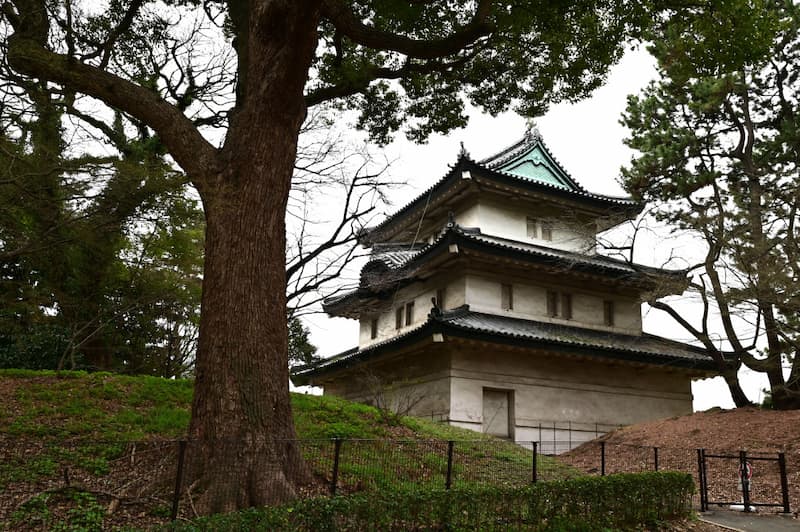
Built in the early 1600s, this three-tiered turret once served as a substitute for the castle’s main keep after it was lost to fire. Its name means “Mt. Fuji View Turret.”
2️⃣ Imperial Palace Public Tour
Reservation required / Free admission
Join a guided tour of the inner palace grounds and witness both shogunate and modern imperial heritage.
- Fujimi Yagura & Fushimi Yagura
- Nijubashi Bridge
- Palace exteriors & gardens
- Multilingual guided tours available

Said to be transferred from Kyoto’s Fushimi Castle by Tokugawa Ieyasu, this turret is a rare architectural relic that offers a glimpse into the early days of Edo Castle.
3️⃣ Inui Street: A Seasonal Path Once Walked by Shoguns
Limited access: spring and autumn only
Walk a rarely open path along former shogunate zones with moats, gates, and scenic views.
- Sakashita-mon Gate
- Fujimi-Tamon Yagura
- Tsubone-mon
- Mon-Nagaya
- Dōkan Moat, Inui Moat, Nishihanebashi Bridge
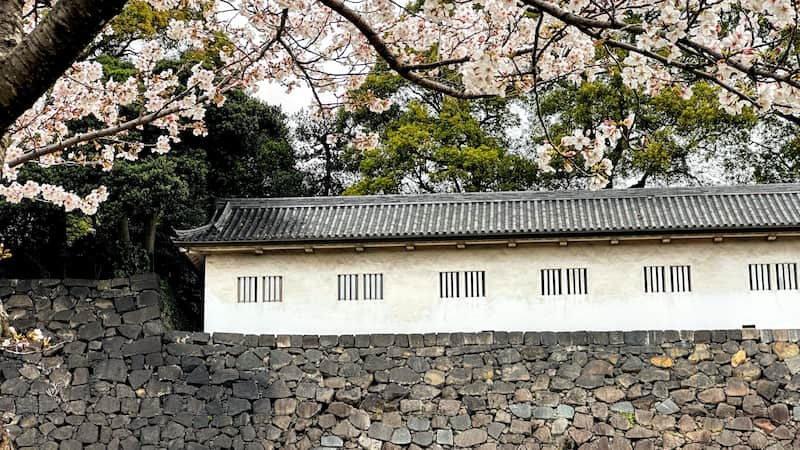
This long, roofed corridor turret is one of the few surviving original structures of Edo Castle. It once played a key role in the castle’s inner defense system.
📅 Route Comparison Table
| Experience | Open Access | Reservation | Duration | Highlights |
|---|---|---|---|---|
| East Gardens | ✅ Yes (Tue–Sun) | ❌ Not needed | 1–2 hours | Moats, walls, gardens |
| Palace Tour | ✅ Tue–Sat | ✅ Required (walk-ins if available) | ~75 min | Towers, bridges, Imperial grounds |
| Inui Street | ✅ Spring & Autumn only | ❌ Not needed | 30–60 min | Seasonal path, hidden gates |
📌 Visitor Tips
- 📸 Photography is allowed in most outdoor areas
- 🌐 Multilingual signage available (especially in the East Gardens)
- 🪪 Palace tours require original photo ID (no copies)
- 🌸 Best visiting seasons: spring cherry blossoms & autumn leaves
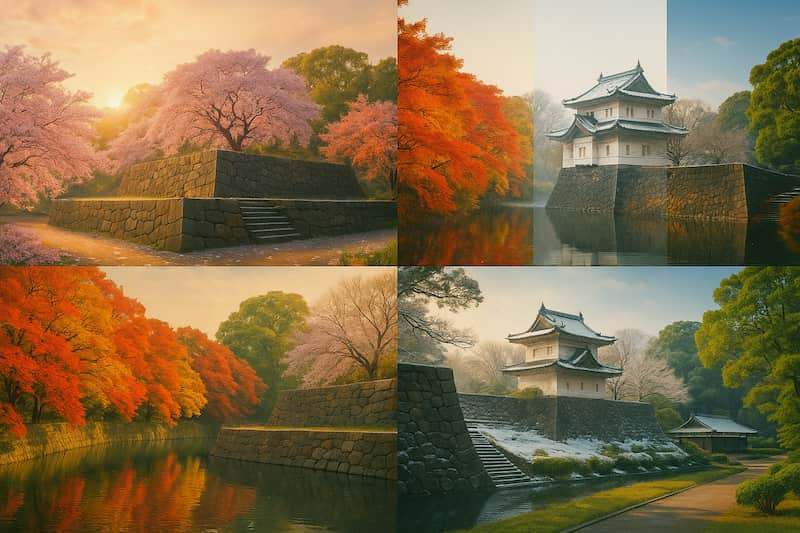
🔚 Conclusion
Whether you’re following in the footsteps of samurai, exploring quiet gardens, or admiring ancient walls, Edo Castle remains one of Tokyo’s most powerful links to its feudal past.




comment